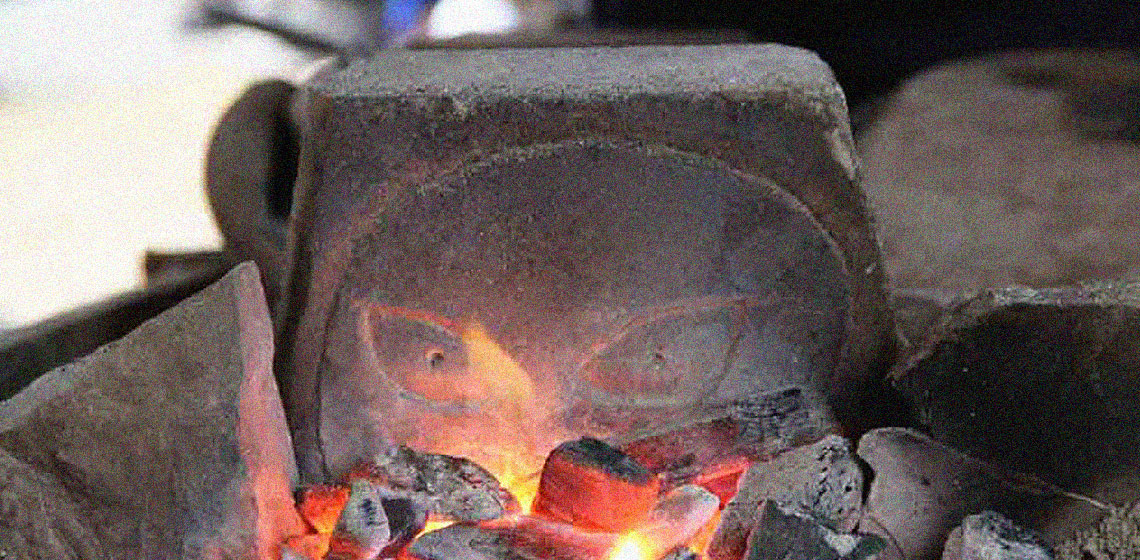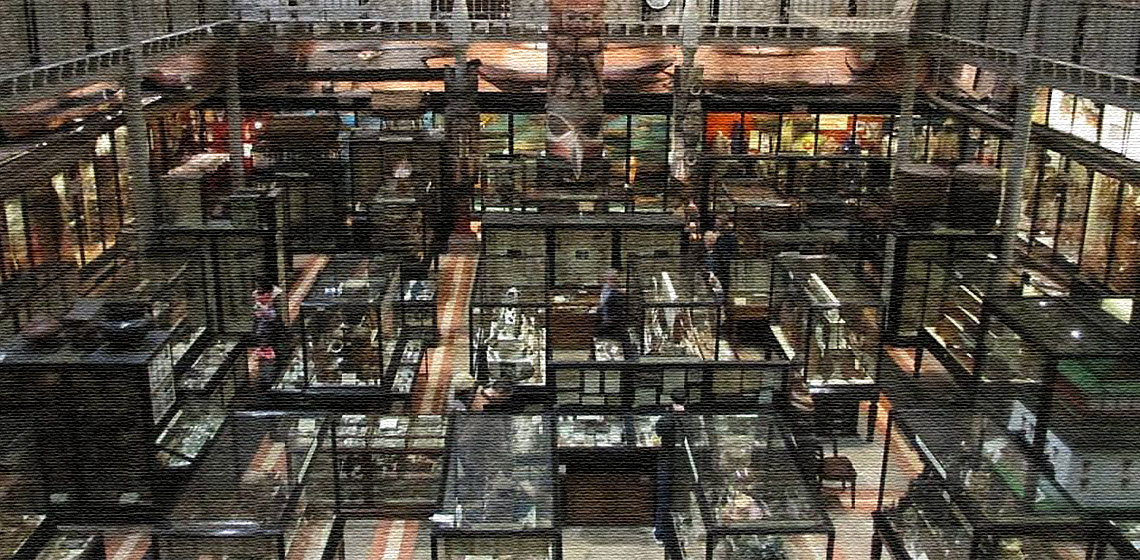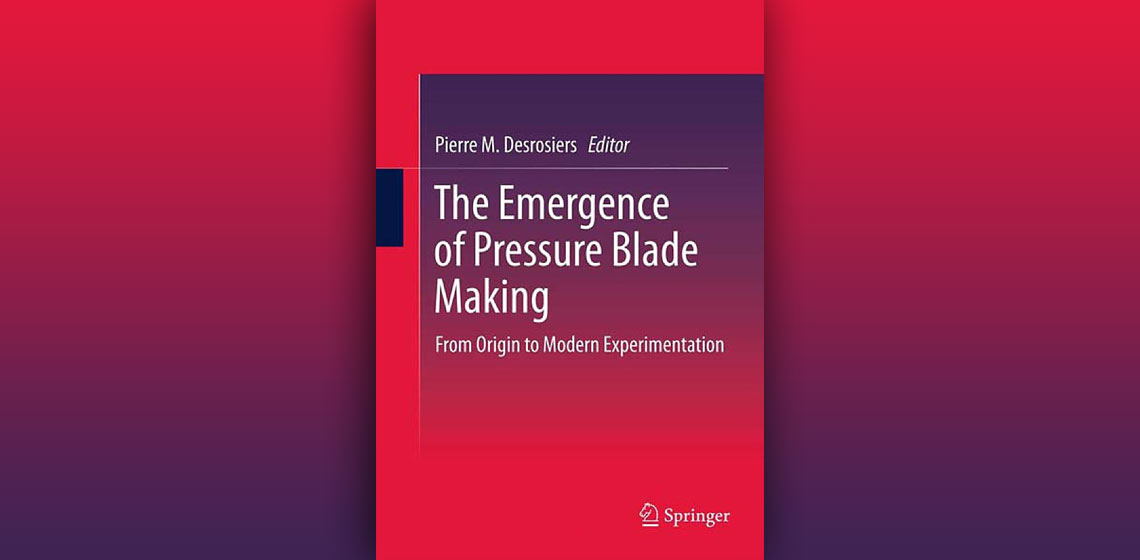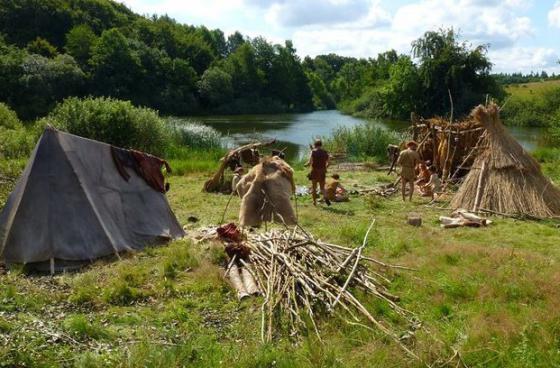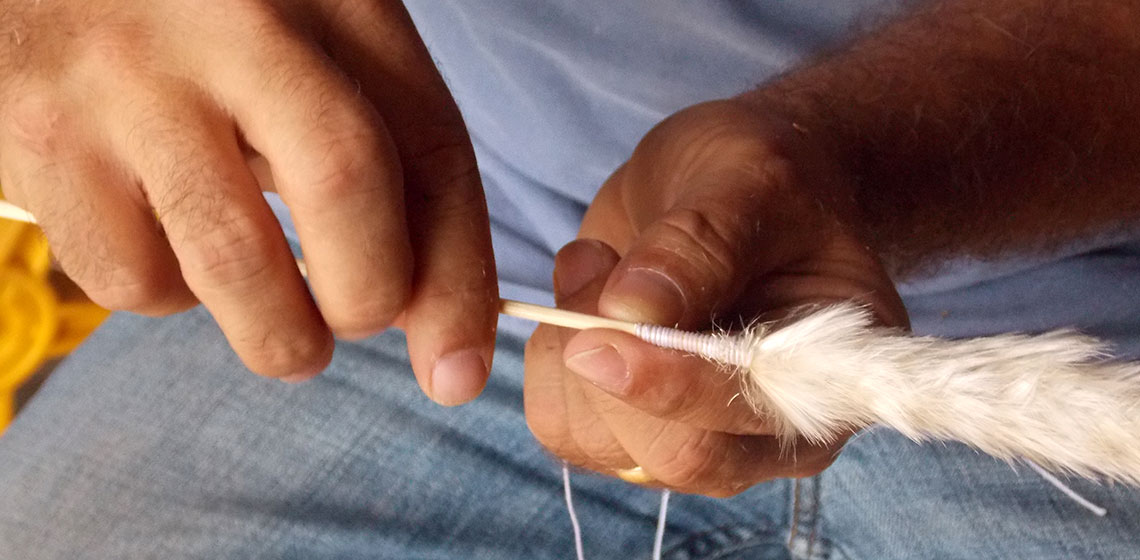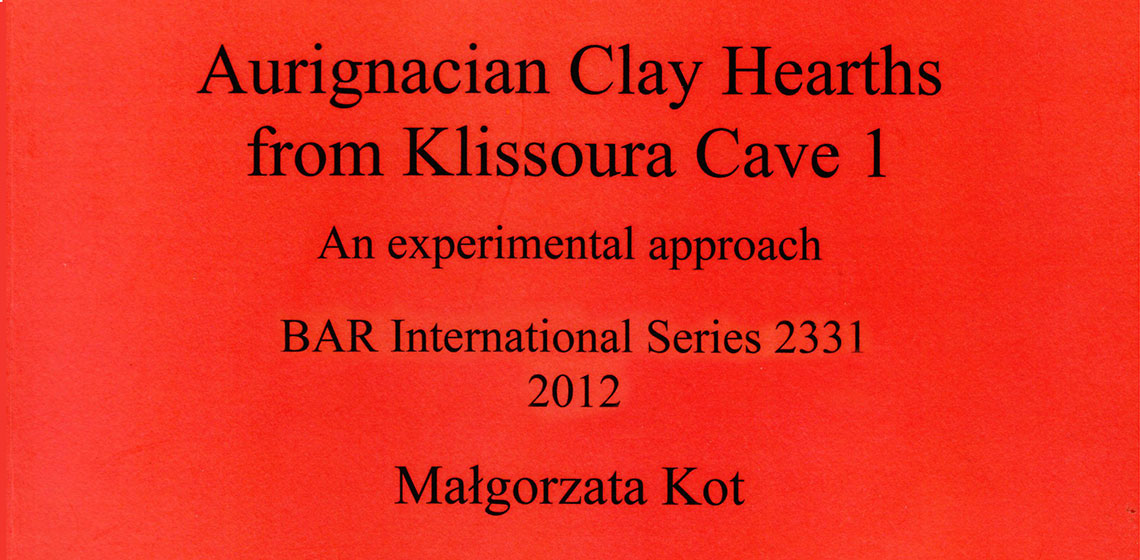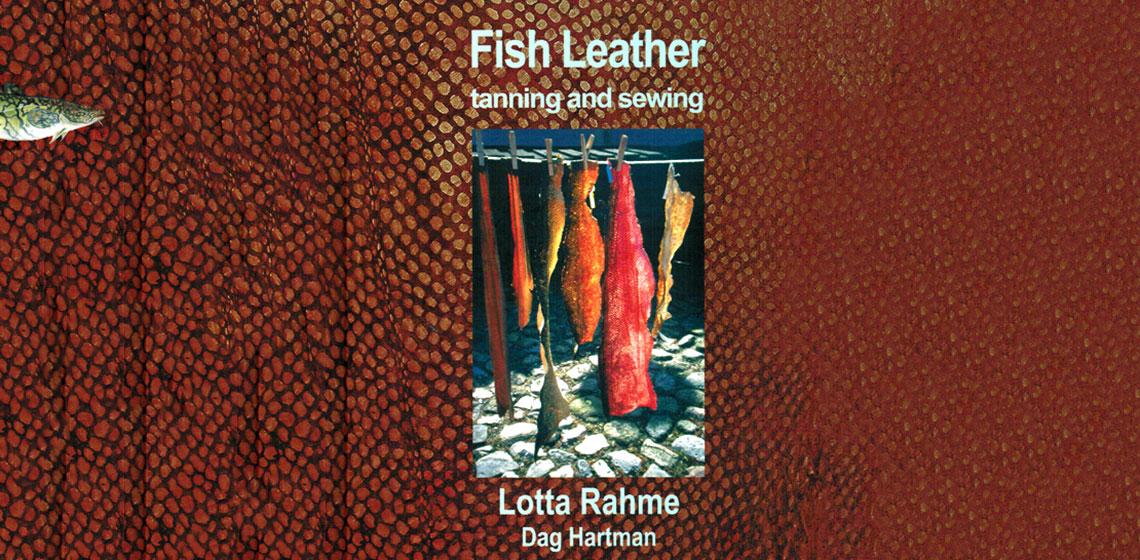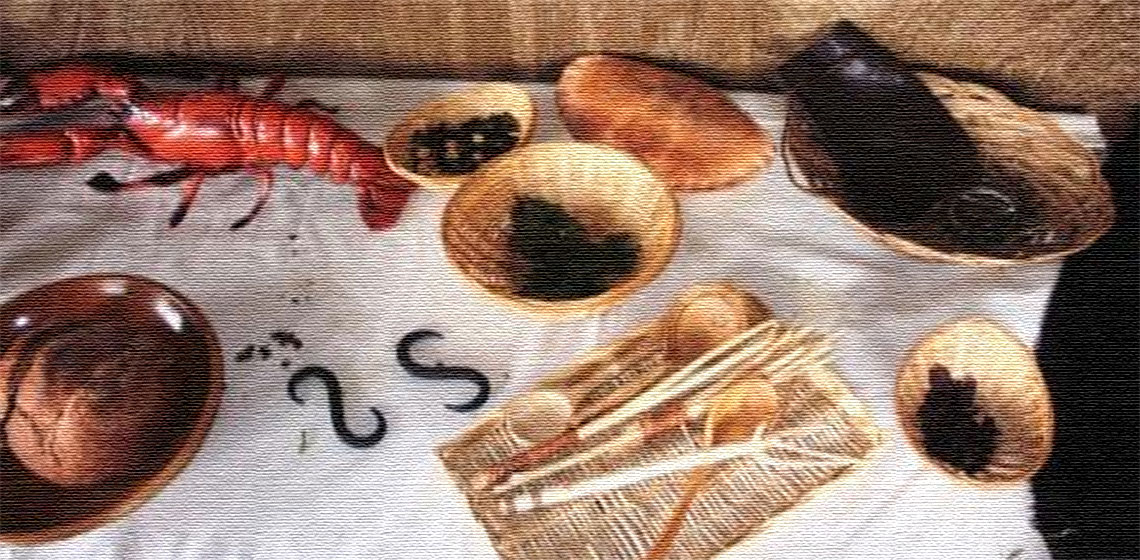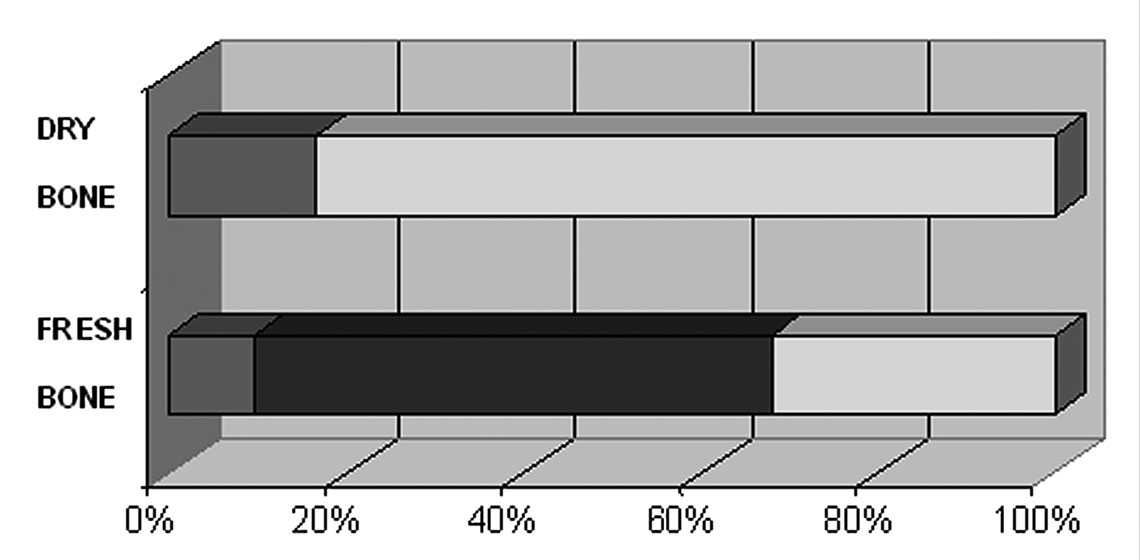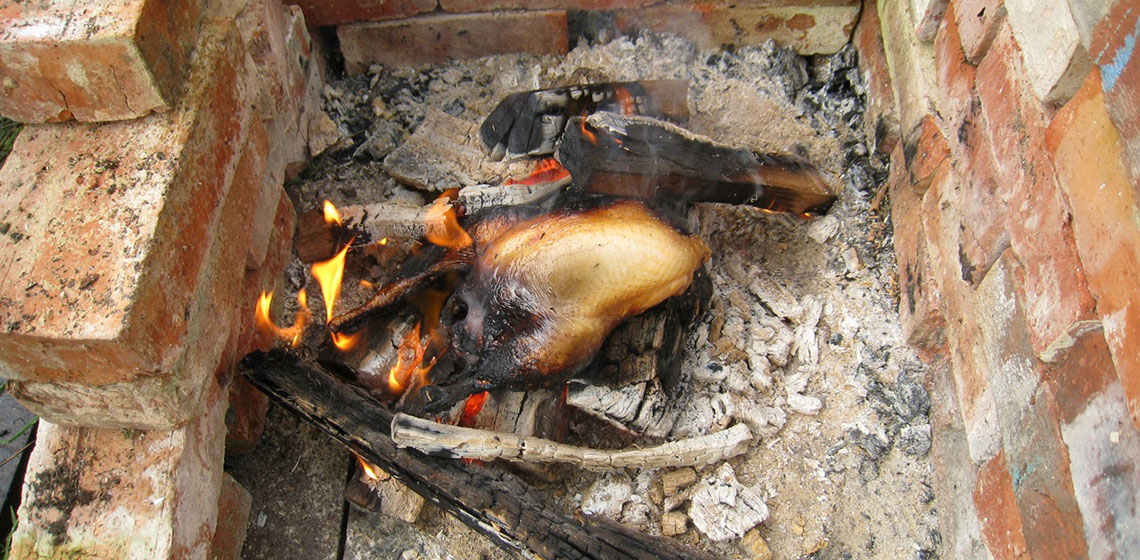Palaeolithic
Conference Review: Reconstructive & Experimental Archaeology Conference REARC 2013
***This article is republished from the Bulletin of Primitive Technology #46. The 4th Annual Reconstructive and Experimental Archaeology Conference was recently held in Gastonia, NC at the Schiele Museum of Natural History. The conference theme was Education and Reconstructive and Experimental Archaeology...
Conference Review: 8th Experimental Archaeology Conference, Oxford 2014
***The conference unofficially began in the Royal Blenheim pub at 6 pm on Thursday evening. Conference staff and attendees filtered in throughout the evening eventually filling the back room. The pub had excellent food and a good variety of local ales. Those who managed to brave the flooding introduced themselves and got to know...
Book Review: The Emergence of Pressure Blade Making: from Origin to Modern Experimentation by Pierre M. Desrosiers (editor)
There are few issues in lithic studies that have captured the imagination and attention of researchers as much as laminar (blade) technologies (see Bar-Yosef & Kuhn 2009). This has resulted in a rich and detailed body of academic work partly reflected in Pierre M. Desrosiers’ (Ed.) The Emergence of Pressure Blade Making: From Origin to Modern Experimentation...
Stone Age Festival
Country
- Denmark
Come to the Stone Age Festival with the Nordic pioneers!
Experts in flint knapping, leather tanning or bone tool making. It's not something you see every day, but nevertheless, it's what you can experience when reconstruction agencies and craftspeople with a passion for the hunter Stone Age from all corners of Europe meet to the Sagnlandets Stone Age Festival 'Athra Gathering'.
Hunting with Cane: Traditional Cherokee Blowguns and Darts
Book Review: Aurignacian Clay Hearths from Klissoura Cave 1: an Experimental Approach by Malgorzata Kot
Book Review: Fish Leather Tanning and Sewing by Lotta Rahme and Dag Hartman
Discussion: Food - Reconstruction and the Public
An Experimental Programme for the Collection and Use of Retouching Tools Made on Diaphyseal Bone Splinters
Fire and Bone: An Experimental Study of Cremation
***Many bone fragments have been burned in controlled laboratory conditions but few have been burned on outdoor pyres. In order to study and understand cremated bone, it is crucial to conduct experiments in real environmental conditions. In this study several cremations were carried out outdoors...

